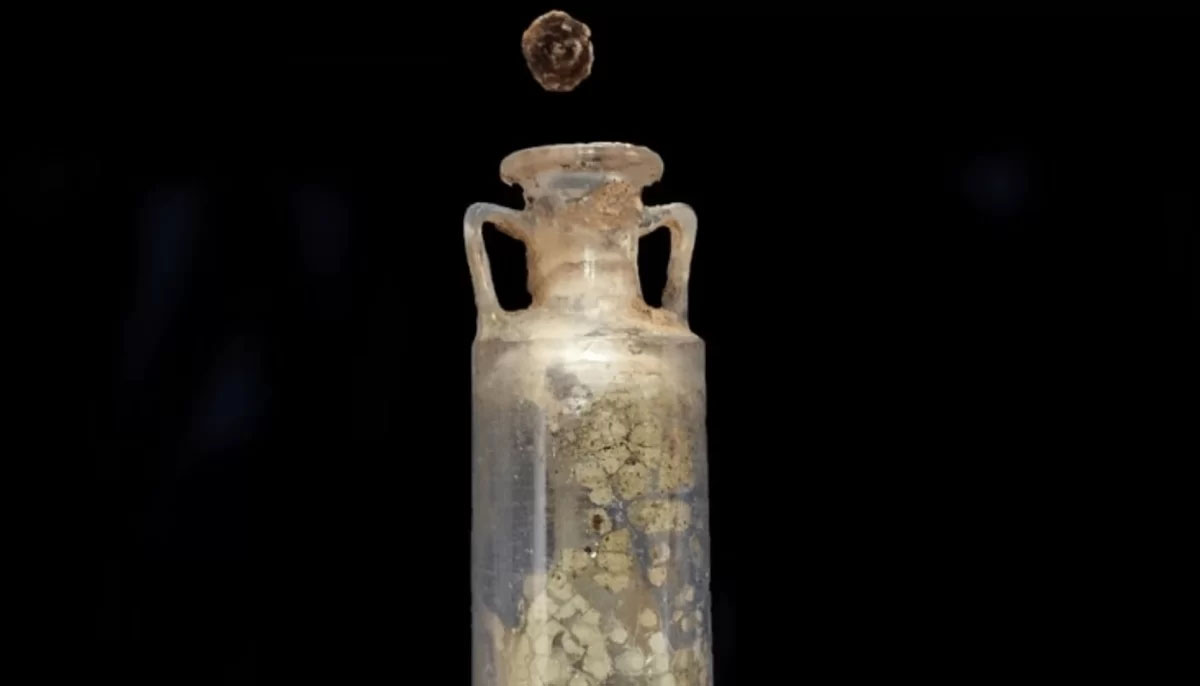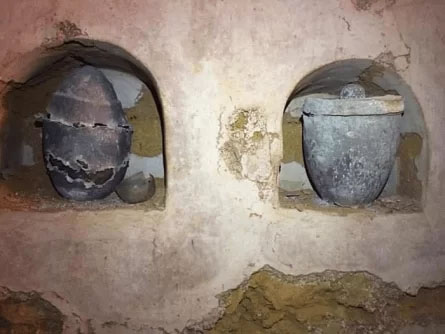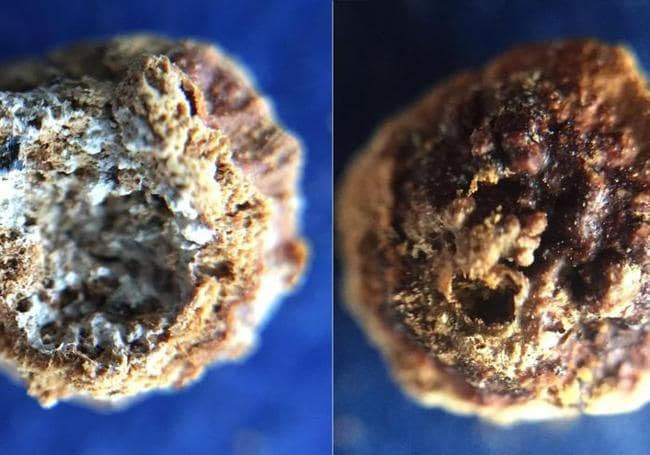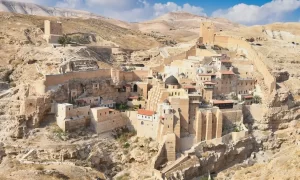Specialists distinguished, interestingly, the structure of a Roman scent over 2,000 years of age

An examination group at the College of Cordoba has distinguished, interestingly, the sythesis of a Roman scent over 2,000 years of age.
Everything started in 2019 during the redesign of a construction in the Carmona region of Seville. Archeological remaining parts were found, and the laborers informed the municipal center. What was found was a tomb from quite a while back with eight specialties that was “in brilliant condition” since it had never been plundered. The remaining parts of six individuals from a rich family were entombed in the mutual grave. What’s more, there were different contributions on them, one of which was a quartz compartment with “a strong mass inside.” They had a place with the specialty of a lady in her 40s.
That container, which had been enclosed by a fabric pack of which remains were still left and was joined by golden stones, was taken to the lab and from that point forward it has been broke down by a group of specialists.
One of the amphora’s special elements is that it was cut in quartz, an exceptionally hard, safe, and strange material. At that point, salves were made of glass, and the specialists guarantee that by utilizing this other material, they are managing a thing that was “exceptionally pursued and costly.”

Notwithstanding the uniqueness of the container, the really unprecedented part of the find was that it was impeccably fixed, and that the strong deposits of the scent had been protected inside, which made it conceivable to complete this review.
The FQM346 research group at the College of Cordoba, drove by Teacher of Natural Science José Rafael Ruiz Arrebola, as a team with the City of Carmona, has synthetically depicted the parts of a fragrance dating from the main century Promotion.
The outcomes were distributed in the Swiss logical diary Legacy in an article in which Ruiz Arrebola, the metropolitan paleologist of Carmona, Juan Manuel Román; and UCO specialists Daniel Cosano and Fernando Lafontshare the entire specialized and logical cycle empowering the world to”smell” the former Roman Realm.
Ruiz Arrebola stresses that the utilization of dolomite, a sort of carbon, as a plug, and the bitumen used to seal it, were the way in to the grand condition of safeguarding of the piece and its items.

Specialists to learn what was under the surface for the fragrance, different instrumental strategies were utilized, for example, X-beam diffraction and gas chromatography combined with mass spectrometry, among others.
As for the fragrance, two parts have been recognized: a base or folio, which took into consideration the conservation of the smells, and the actual substance, these discoveries concurring with portrayals by, in all honesty, Pliny the Senior. For this situation, the base was a vegetable oil; conceivably, as per a few signs reflected in the examination, olive oil, albeit this point couldn’t be affirmed with conviction.
As per the consequences of substance examinations completed by the College of Cordoba, Rome possessed a scent like patchouli, a fundamental oilobtained from a plant of Indian beginning, Pogostemon cablin, generally utilized in current perfumery, and whose usein Roman times was not known.
The stupendous qualities of the burial place where it was found and, most importantly, the material of which the vessel containing it was made, propose that it was an exceptionally significant item.







































